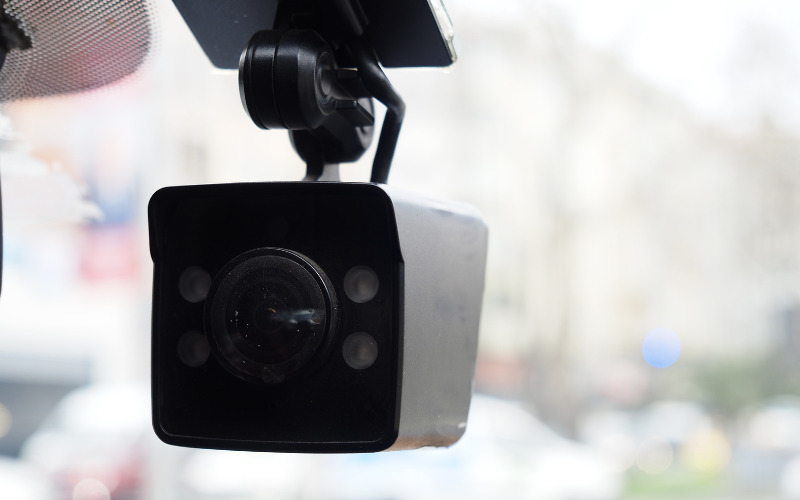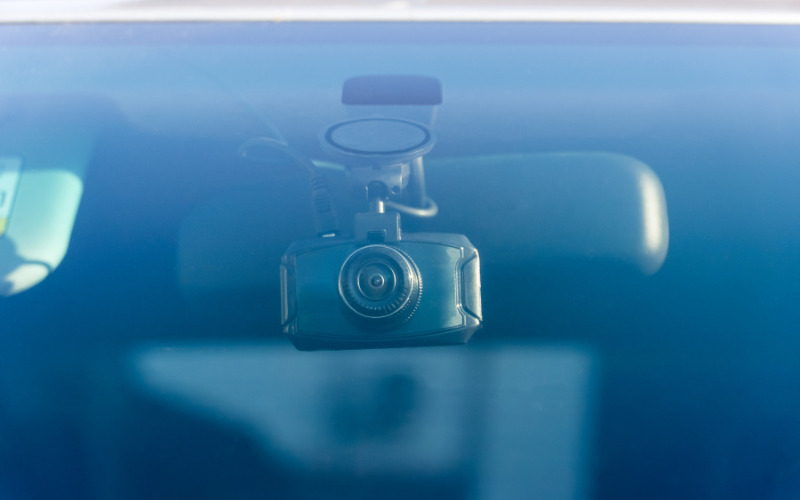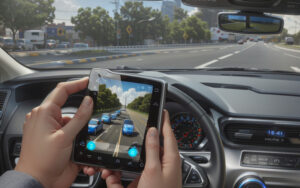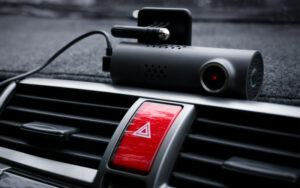What is Loop Recording on Dash Cams?
Contents
Loop Recording On Dash Cams, has indeed evolved into indispensable tools for vehicle owners.
Offering an unbroken visual record of the road. They serve as a reliable eye witness, capturing incidents, accidents, or even scenic drives. Among the features they boast, “loop recording” stands out as a fundamental function that ensures uninterrupted operation.
Loop recording, in essence, is the dash cam’s ability to manage its storage efficiently. By overwriting the oldest footage with new recordings once the memory card reaches its capacity.
This feature maintains a continuous recording cycle, eradicating the need for manual intervention to delete old files or swap out memory cards.
Enabling loop recording grants peace of mind to drivers as it guarantees that the dash cam is always working, continuously capturing footage without interruption. It’s akin to an automatic recycling system, ensuring that you never miss a moment, whether it’s a sudden event on the road or just your everyday commute.
However, the decision to enable loop recording should be based on individual preferences and specific requirements. Understanding how this feature operates and its benefits can empower users to make informed choices about their dash cam settings.
By using loop recording, drivers can optimize their dash cam’s performance. Ensuring that it operates seamlessly and efficiently. This feature’s capability to provide continuous coverage without the hassle of managing storage space. Manually makes it an attractive option for most users concerned about safety and documentation while on the road.
Understanding Loop Recording On Dash Cams.
Loop recording is a smart functionality embedded within dash cams that address the challenge of limited storage space. As the memory card nears its maximum capacity, this feature kicks in, intelligently managing storage by overwriting the oldest footage with fresh recordings.
This process ensures the camera’s continuous operation without requiring manual intervention to clear space or swap memory cards.
Addressing Concerns, Potential Loss of Crucial Footage.
Many users grapple with concerns about enabling loop recording and the potential risks it poses to crucial footage. The worry is valid, no one wants to miss capturing vital moments or incidents on the road due to an automatic overwrite system.
However, dash cams are engineered with user-centric features and advanced algorithms to protect essential recordings.
Loop Recording On Dash Cams Safeguards, Preserving Important Moments.
Despite loop recording’s continuous overwrite process. Dash cams are programmed to recognize critical events. A sudden impact, an abrupt change in motion, or emergency braking situations.
These systems intervene to safeguard such footage, ensuring that vital recordings are often protected from being overwritten. The continuous nature of loop recording ensures uninterrupted functionality, enabling the dash cam to capture ongoing events without interruption. Rather than halting recording when the storage reaches its limit. Loop recording on Dash Cams maintains seamless operation. Crucial for comprehensive coverage of your journeys.
Therefore, while concerns about potential footage loss initially exist. The sophisticated mechanisms embedded within dash cams, coupled with loop recording, serve as dependable safeguards. They preserve critical moments and minimize the likelihood of losing significant recordings. Reassuring users about the reliability of their dash cam’s continuous operation.
The Advantages of Loop Recording On Dash Cams.
Continuous Coverage, Uninterrupted Recording.
Enabling loop recording on your dash cam is akin to having a tireless observer on the road. It ensures a continuous stream of recording, guaranteeing that your dash cam never pauses. Providing an uninterrupted visual narrative of your journeys.
This unbroken coverage is particularly invaluable for unexpected incidents or accidents that may transpire during your drive.
Whether it’s a sudden swerve, a traffic altercation, or even capturing the picturesque moments of a scenic route. Loop recording ensures that no crucial event slips through the cracks. Empowering you with a comprehensive record of your time on the road.
Efficient Use of Storage, Optimizing Space.
Dash cams featuring loop recording offer an ingenious solution to the perennial issue of limited storage space. By overwriting old footage when the memory card nears its capacity, these cameras optimize storage efficiently.
This means you no longer need to fret about frequent memory card clearing or the daunting prospect of running out of space during extended drives.
Loop recording intelligently manages the available storage. Ensuring that your dash cam captures new moments without requiring manual intervention. Thereby maximizing the utility of your device’s storage capacity.
Seamless Operation, Continuous Functionality.
One of the hallmark benefits of loop recording is its ability to maintain a seamless operation of your dash cam.
As the storage limit approaches, rather than halting the recording process, loop recording takes charge. It automatically begins recording over the oldest footage, ensuring a smooth and uninterrupted recording cycle.
This feature eliminates the need for constant monitoring or manual interference, guaranteeing that your dash cam functions flawlessly. Its ability to manage storage seamlessly ensures that your camera is always ready to document your journey. Without interruptions or gaps in the recording timeline.
Best Practices for Using Loop Recording

Maximizing Loop Recording On Dash Cams, The Benefits.
Optimal Loop Duration Selection.
Selecting the appropriate loop duration on your dash cam plays a pivotal role in optimizing its functionality. Dash cams commonly offer various loop duration options, such as 1, 3, or 5 minutes per loop.
The choice of duration largely depends on personal preferences and specific requirements. Opt for a duration that aligns with your needs while ensuring that critical moments are adequately captured. For instance, a shorter loop duration might facilitate quicker access to specific incidents. While a longer duration might be preferred for uninterrupted footage during long drives.
Understanding your usage patterns and the type of incidents you aim to capture can guide you in selecting the most suitable loop duration for your dash cam.
Periodic Review and Back-Up Practices.
Despite the automated loop recording feature, it’s prudent to adopt a habit of periodically reviewing and backing up important footage from your dash cam. While loop recording efficiently manages storage by overwriting old footage, certain moments might hold significant value or serve as crucial evidence.
By regularly checking and backing up such footage to an external drive or cloud storage, you mitigate the risk of losing these pivotal recordings. This practice ensures that even though loop recording maintains continuous operation, you have a safeguard against the inadvertent loss of significant footage.
Set a schedule to review and back up footage, especially after notable events or journeys, ensuring that your dash cam remains a reliable archive of your driving experiences.
To maximize the benefits of loop recording on your dash cams.
- Choose an Appropriate Loop Duration. Most dash cams offer options for loop durations (e.g., 1, 3, or 5 minutes). Select a duration that suits your preferences while ensuring critical moments are captured adequately.
- Regularly Check and Back Up Footage. Despite loop recording, periodically review and back up important footage to avoid losing any crucial recordings.
Conclusion, Making the Decision.
In conclusion, the utilization of loop recording on a dash cam can significantly enhance your overall driving experience.
Its ability to provide continuous coverage, optimize storage, and ensure seamless operation makes it a valuable feature for any driver concerned about safety and record-keeping. Ultimately, whether to use loop recording on your dash cam depends on your preferences and requirements.
However, considering its advantages, enabling this feature could be a prudent choice for most users. Remember, by understanding how loop recording functions and implementing best practices, you can leverage this feature to its fullest potential, enhancing your driving safety and peace of mind.
So, should you use loop recording on your dash cam? The answer seems to lean towards a resounding “yes.”
Thanks for visiting Dash Cam Safe website today. Looking for an upgrade or new Dash Cams, feel free to check out our full reviews here.
On a budget, see the ORSKEY Dash Cam Review…
Want to spend a little more for a high-quality model, see the Redtiger Dash Cam Review, this model is top of the line but still at a good budget for the features it promotes.




